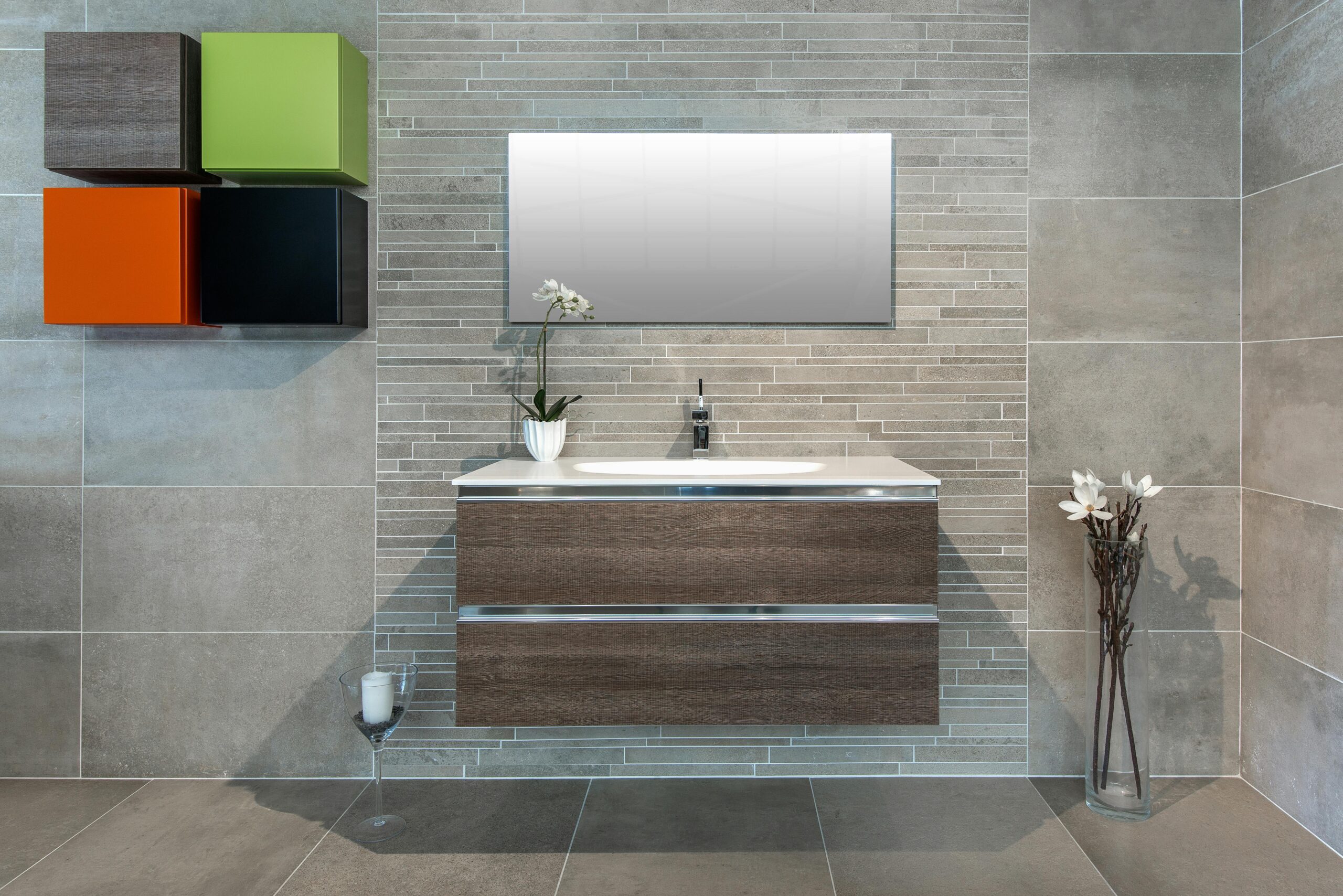Modern bathroom design continues to evolve toward sleek, minimalist aesthetics that maximize functionality while maintaining style. Among the most transformative elements in contemporary bath design is the floating vanity—a wall-mounted fixture that creates the illusion of more space while adding a distinctly modern touch. These space-saving bathroom vanities have become increasingly popular in homes of all sizes, offering practical benefits beyond their visual appeal. This article explores the advantages of floating vanities, installation considerations, and stylistic options to help you determine if this modern bathroom vanity idea is right for your renovation project.
The Visual Impact of Floating Vanities
Wall-mounted vanities create an immediate visual impression of spaciousness and lightness in any bathroom. Unlike traditional floor-mounted cabinets, floating vanities establish a sense of openness by revealing the floor beneath. This design choice makes small bathrooms appear significantly larger while creating clean lines that complement contemporary bath design principles. The uninterrupted floor space creates a continuous visual flow that can make even compact bathrooms feel more expansive and luxurious. Additionally, the shadow line created beneath floating vanities adds depth and dimension to the space, creating visual interest without requiring additional decorative elements.
Space-Saving Benefits and Practical Advantages
Beyond aesthetics, floating vanity benefits include remarkable functionality for modern living. The additional floor space can be particularly valuable in smaller bathrooms, creating room for storage baskets, scales, or even a small stool that can be tucked away when not in use. The elevated design also makes cleaning much simpler—no more struggling to reach dust and debris that typically collects at the base of traditional vanities. Homeowners with mobility concerns often appreciate the customizable height options that wall-mounted vanities provide, allowing for perfect ergonomic positioning that reduces strain during daily use.
Installation Considerations and Requirements
Wall-mounted vanity installation requires more preparation and structural consideration than traditional vanities. The wall must contain adequate support to hold the weight of both the vanity and its contents, typically requiring reinforced blocking between wall studs. This crucial step ensures your floating vanity remains securely attached to the wall even when fully loaded with toiletries and other bathroom essentials. Plumbing considerations also differ, as pipes must be configured to enter through the wall rather than the floor, which may require adjustment of existing plumbing during renovation. For these reasons, many homeowners choose to work with professional installers who have experience with these specific requirements. You can easily find qualified contractors for wall-mounted vanity installation through platforms like AskHomey, which connects homeowners with vetted service providers.
Material and Style Options for Contemporary Bathrooms
Modern bathroom vanity ideas encompass a wide range of materials and finishes that can complement any design scheme. Wood veneer floating vanities bring warmth to contemporary spaces that might otherwise feel cold or sterile. High-gloss lacquer finishes in bold colors or crisp whites create dramatic focal points that emphasize the modern aesthetic. For the ultimate in sleek contemporary bath design, consider concrete, engineered quartz, or natural stone tops paired with minimalist hardware. The clean lines of floating vanities make them perfect canvases for expressing personal style through material choices while maintaining their space-saving benefits.
Storage Solutions Within Space-Saving Designs
A common concern with floating vanities is potential storage limitations. However, creative design has addressed this issue through innovative storage solutions. Many wall-mounted models now feature deep drawers with organizational inserts specifically designed for bathroom essentials. Others incorporate open shelving for frequently used items or decorative displays. For bathrooms requiring maximum storage, consider extended floating vanities with asymmetrical designs that provide additional counter and cabinet space while maintaining the floating aesthetic. Some designs even incorporate hidden storage compartments or pull-out elements that maximize functionality without compromising the clean, minimalist look that makes space-saving bathroom vanities so appealing.
Lighting and Complementary Elements
To enhance the dramatic effect of floating vanities, consider incorporating strategic lighting elements. Under-cabinet lighting accentuates the floating effect while providing practical illumination for nighttime use. This lighting technique emphasizes the space beneath the vanity, highlighting the design’s architectural qualities. When selecting mirrors and fixtures to accompany your floating vanity, continue the contemporary theme with frameless mirrors or minimalist sconces that don’t compete with the vanity’s clean lines. The cohesive integration of these elements creates a thoroughly modern bathroom experience that feels both luxurious and practical.
Maintenance and Longevity
Properly installed floating vanities offer excellent durability and typically require less maintenance than their traditional counterparts. Without base cabinetry resting on potentially damp bathroom floors, there’s reduced risk of water damage and warping over time. Most contemporary materials used in modern floating vanities are designed for bathroom environments, featuring water-resistant properties and easy-clean surfaces. This combination of elevated positioning and quality materials contributes to the long-term value of investing in this contemporary bath design element.
For more tips and to connect with reliable home service professionals, follow AskHomey on Facebook and Instagram.



